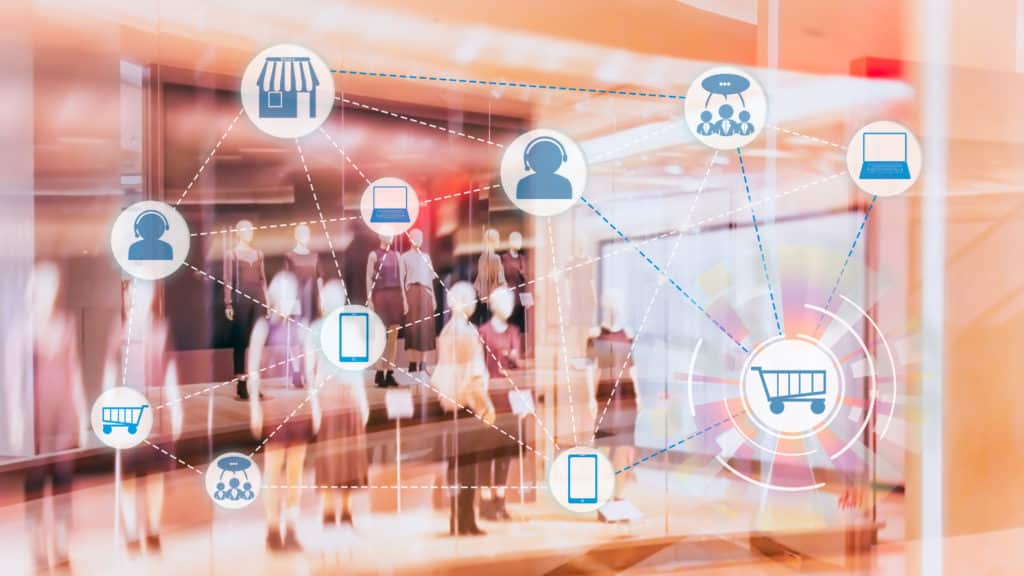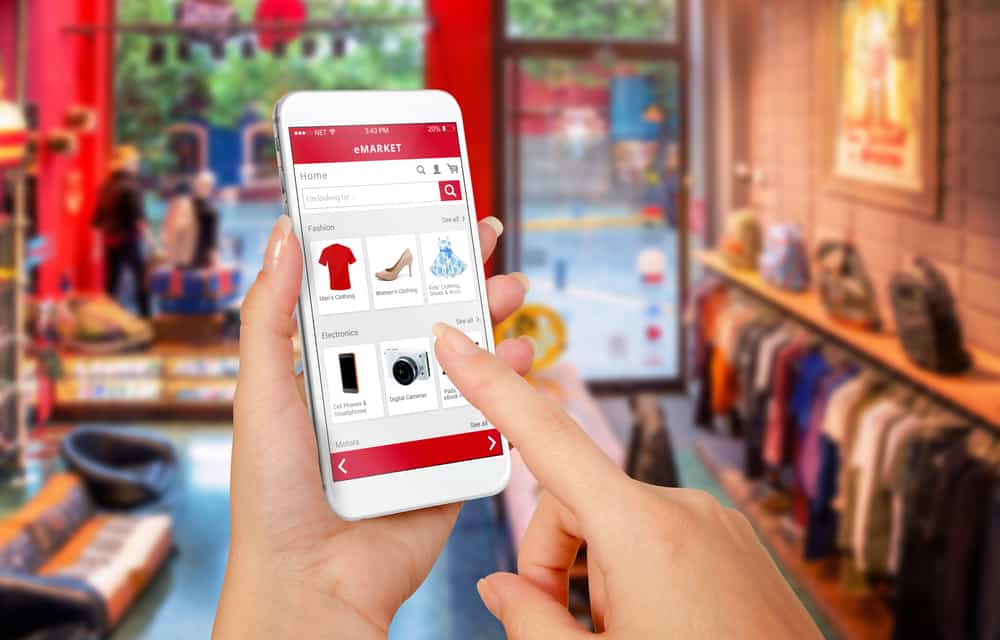What Data-Driven Decision Making Looks Like for Retailers in 2020
As is often highlighted by the media, albeit usually in a negative context, the advent of eCommerce has delivered a treasure trove of data for organizations to analyze. This is inevitably accompanied by security risks, but there are numerous scenarios in which companies can use this newly available data to better serve their customers.
Nowhere is this more true than for established brands and retailers, who have spent this dynamic decade coming to terms with the reality of online commerce, primarily the need to create a seamless shopping experience for customers, online and off. 
Established Retail Brands Embrace Data
Data-driven retail opens new routes to market for established brands. While Amazon built a business on gathering vast amounts of customer data and using it to drive more sales, the response of retail brands that didn't start life online ranged from cautious to catastrophic.
Against the backdrop of major names such as Sears and Toys R Us fighting bankruptcy and store closures, other giants like Target and Walmart have picked up the gauntlet laid down by Amazon, using abundant data to better organize their fulfillment solutions and enhance their eCommerce platforms.
Here, Amazon also led the way, measuring every aspect of sales and delivery to map customer journeys, align operations with business objectives, and deliver greater value to their buyers.
Established retail brands have followed, reorganizing their fulfillment processes to get products closer to customers, implementing faster delivery and free shipping at key moments, and expanding their eCommerce offering to attract more customers, learn about them, and bring online shoppers back for more.
Traditional retailers that are able to bring together diverse sources of data across the company are clawing back the online ground they lost to Amazon earlier in the decade. At the same time, these forward-thinking brands position themselves to have a competitive advantage over the so-called "legacy laggards" identified by Bain and Co. in a recent report on the future of retail.
More importantly, they enhance their ability to better understand their customers, enabled by new technologies such as smart devices, predictive and cognitive analytics, artificial intelligence (AI), and increasingly advanced Customer Relationship Management (CRM) platforms that underpin them all.

Examples of a Data-Driven Retail Experience
There are more potential applications for data-driven retail strategies than we can cover in one article, but looking at a few examples serves to emphasize the importance of this topic heading into a new decade.
First, let's look at upselling and driving repeat business.
Knowing what your customers have bought before is a huge advantage when it comes to selling them new and improved products. Everyone is now familiar with the "Customers also bought..." section of online stores, but that same underlying data can be extended to upselling strategies like bundle recommendations, gift ideas, and follow-up emails selling accessories and items that enhance a previous purchase.
Informed customer connection and personalization strategies also mean that retailers can alert shoppers to the best deals on products they regularly purchase. If these specials are limited to certain stores, the retailer could use location data to send those alerts to certain areas, rather than blanket promotion to others who may not be able to take advantage of them.
Personalization is increasingly important to eCommerce retail marketing. Improved use of data is the most effective way to deliver on that promise.
Target, for example, has embraced guest identification in its drive to compete with Amazon online.

When someone first engages with the brand, whether in a store or online, the company allocates that person a Guest ID number. This number is then tied to any data collected about the customer and their subsequent interactions with Target, from basic demographic and employment information and to sophisticated buying behavior.
Appropriately enough, as the company sees a new lease of life online, a famous example of this advanced tracking comes from Target's "pregnancy prediction." By combining data from a variety of sources, such as product searches on target.com and gift registeries, Target’s marketing analysts were able to calculate a behavior score that identifies purchase patterns associated with the initial stages of expecting a baby.
Such early identification that this intelligent analysis of related data gives Target a clear competitive advantage. It puts the brand a step ahead of competitors who don't have this data at their disposal or, more likely, simply aren't examining what they do have as closely as Target is.

What a Data-Driven Retailer Looks Like Heading into 2020
Having established that effective use of data can be turned into a competitive advantage over the next decade, let's look at what it will take for established brands to position themselves for this shift.
Some of the core requirements of a data-driven retailer in 2020 include:
- Put customers in the driver's seat and follow their lead, gathering data as they undertake the journey.
- Invest in real-time data tools and CRM platforms that integrate well, putting data at the fingertips of key departments and employees.
- Increase hiring (or promote from within) in the field of data management and analysis.
- Add multiple verification points to ensure that data processes and insights are fully vetted before being presented to decision makers.
- Implement reporting that brings data to the fore in meetings at every level of the company.
- Adopt a company culture that accepts what the data reveals, even in negative scenarios.
- Foster a flexible mindset to make difficult decisions and change course where required.
In addition to a commitment to use data for strategic decision making and improving the customer experience, retailers will need to foster a culture dedicated to gathering and verifying data, as well as accepting where it leads and the objectives that arise from it.
Access to data is rarely the main hurdle to becoming a data-driven organization. Rather, the challenges come from the wealth of data available and the tension that comes with accepting the difficult insights it sometimes raises.
At the strategic level, improved access to data also helps decision making at every level of the company.
As we've highlighted before, brands that are able to gather the right data, identify key trends, and effectively analyze what it all means can turn that raw data into actionable information. When this informs decisions that bring the brand closer to customers and helps serve them more effectively, that retailer will stand out from competitors with less sophisticated data analysis programs.